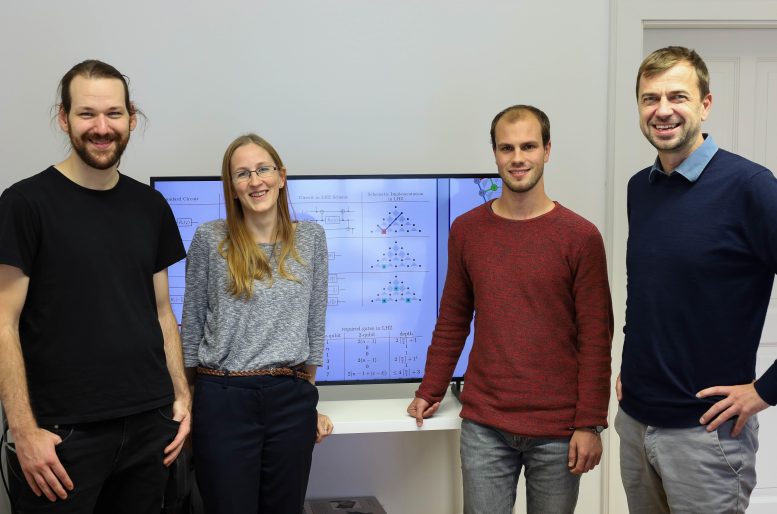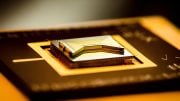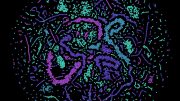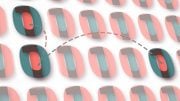
Parity computers can perform operations between two or more qubits on a single qubit.
Parity quantum computers make complicated algorithms easier to implement.
In a quantum computer, quantum bits (qubits) act simultaneously as a computing unit and memory. Quantum information cannot be stored in a memory as in a conventional computer since it cannot be copied. Due to this restriction, a quantum computer’s qubits must all be capable of interacting with one another. This continues to be a significant obstacle in the development of powerful quantum computers. In order to overcome this issue, theoretical physicist Wolfgang Lechner, together with Philipp Hauke and Peter Zoller, suggested a novel architecture for a quantum computer in 2015. This architecture is now known as the LHZ architecture after the authors.
“This architecture was originally designed for optimization problems,” recalls Wolfgang Lechner of the Department of Theoretical Physics at the University of Innsbruck, Austria. “In the process, we reduced the architecture to a minimum in order to solve these optimization problems as efficiently as possible.”
The physical qubits in this architecture encode the relative coordination between the bits rather than representing individual bits.
“This means that not all qubits have to interact with each other anymore,” explains Wolfgang Lechner. With his team, he has now shown that this parity concept is also suitable for a universal quantum computer.

The team was led by Wolfgang Lechner (right): Kilian Ender, Anette Messinger, and Michael Fellner (from left). Credit: Erika Bettega (ParityQC)
Complex operations are simplified
Parity computers can perform operations between two or more qubits on a single qubit. “Existing quantum computers already implement such operations very well on a small scale,” Michael Fellner from Wolfgang Lechner’s team explains.
“However, as the number of qubits increases, it becomes more and more complex to implement these gate operations.”
In two publications in Physical Review Letters and Physical Review A, the Innsbruck scientists now show that parity computers can, for example, perform quantum Fourier transformations – a fundamental building block of many quantum algorithms – with significantly fewer computation steps and thus more quickly.
“The high parallelism of our architecture means that, for example, the well-known Shor algorithm for factoring numbers can be executed very efficiently,” Fellner explains.
Two-stage error correction
The new concept also offers hardware-efficient error correction. Because quantum systems are very sensitive to disturbances, quantum computers must correct errors continuously. Significant resources must be devoted to protecting quantum information, which greatly increases the number of qubits required.
“Our model operates with a two-stage error correction, one type of error (bit flip error or phase error) is prevented by the hardware used,” say Anette Messinger and Kilian Ender, also members of the Innsbruck research team. There are already initial experimental approaches for this on different platforms.
“The other type of error can be detected and corrected via the software,” Messinger and Ender say. This would allow a next generation of universal quantum computers to be realized with manageable effort. The spin-off company ParityQC, co-founded by Wolfgang Lechner and Magdalena Hauser, is already working in Innsbruck with partners from science and industry on possible implementations of the new model.
References: “Universal Parity Quantum Computing” by Michael Fellner, Anette Messinger, Kilian Ender and Wolfgang Lechner, 27 October 2022, Physical Review Letters.
DOI: 10.1103/PhysRevLett.129.180503
“Applications of universal parity quantum computation” by Michael Fellner, Anette Messinger, Kilian Ender and Wolfgang Lechner, 27 October 2022, Physical Review A.
DOI: 10.1103/PhysRevA.106.042442
The research was funded by the Austrian Science Fund and the Austrian Research Promotion Agency.









Be the first to comment on "A New, Faster Type of Quantum Computer"